Part 3: Chisinau day trips to the Mileștii Mici winery and Transnistria
There are three great day trips which I can highly recommend to anyone visiting Chisinau – when you have your own wheels you will even be able to visit two of them on a full day. One of these sights is Orheiul Vechi (Old Orhei), a historical monastery and caves situated on a scenic spot above a river. Unfortunately I can't find back my pictures of the visit – so you will have to do with the other two here: the winery of Mileștii Mici and the communist breakaway republic of Transnistria. Just for the record, my visits there were already a few years back but I still wanted to include them in this trip report for the sake of giving a full picture of Moldova.
Let's start off with the Milestii Mici winery – which is located some 16 kilometres out of town. It was founded as the State Enterprise Quality Wines Industrial Complex Mileștii Mici – and in true communist style focussed mostly on quantity instead of quality. That manifests itself in the staggering huge wine cellar it has – which his the biggest in the world. The underground pathways and roads stretch an impressive 200 kilometres and around 2 million bottles of wine are stored. Talk about paradise!
At the entrance of the winery is a cool looking wine fountain.

The cellars are built in limestone cliffs which create a perfect temperature and humidity throughout the years. Even though the underground galleries are actually already there since antiquity – they have been enhanced by the winery as some of the underground roads are big enough for buses to drive through.
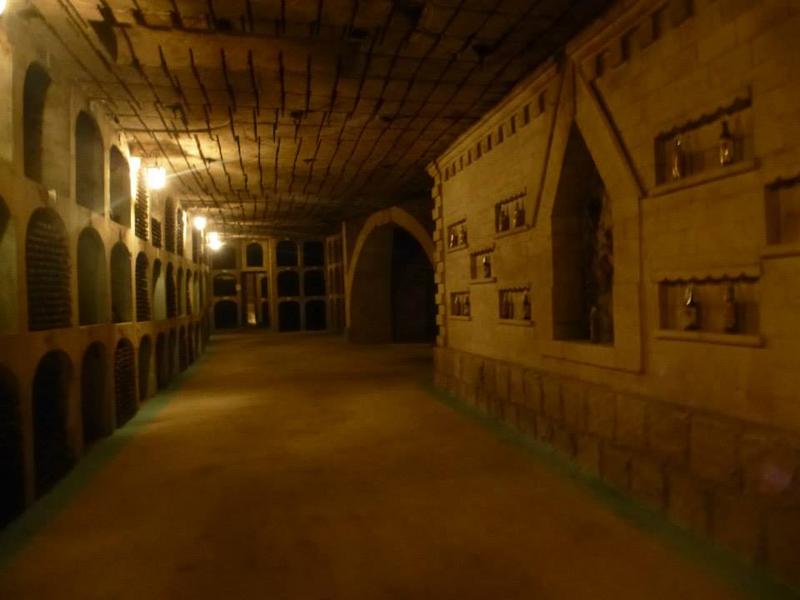
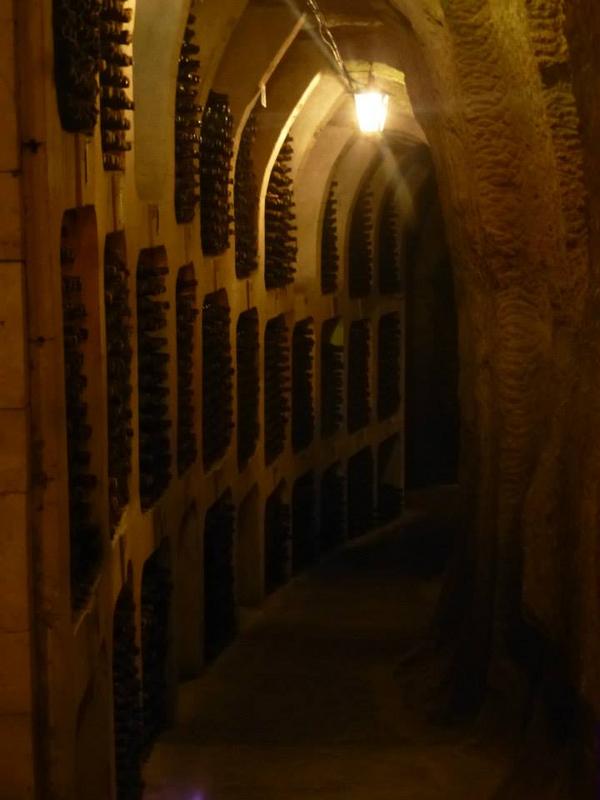

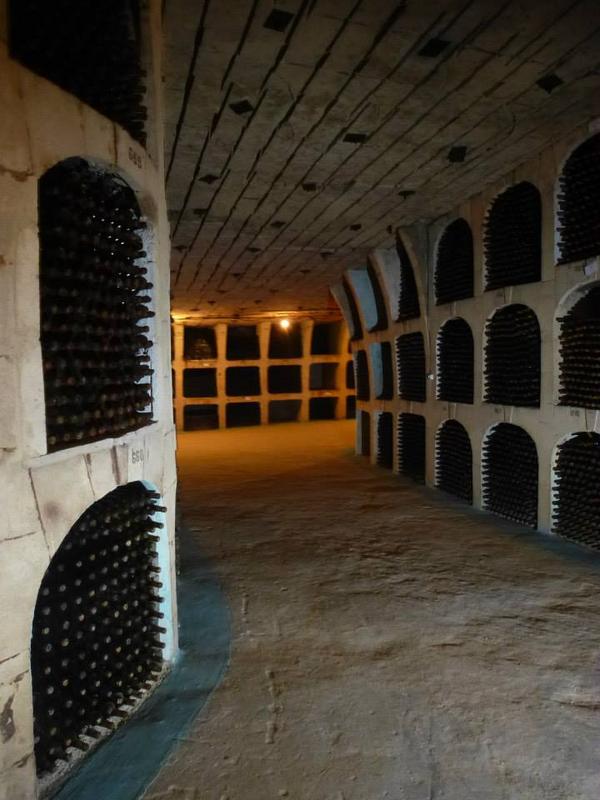
Most of the wines stored are owned by the winery, although some bottles or even entire streets are either owned by private citizens/investors or visiting dignitaries who got them gifted. One of them is Vladimir Putin who once celebrated his birthday on the grounds.
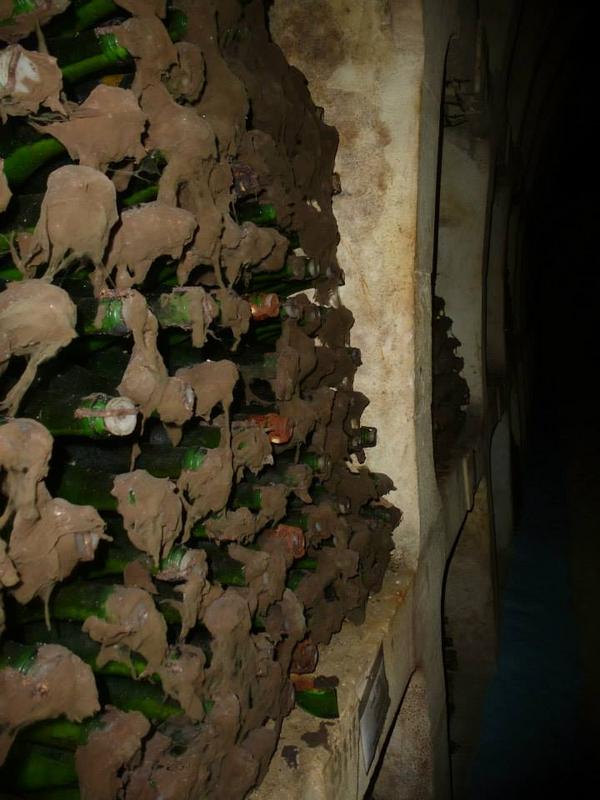
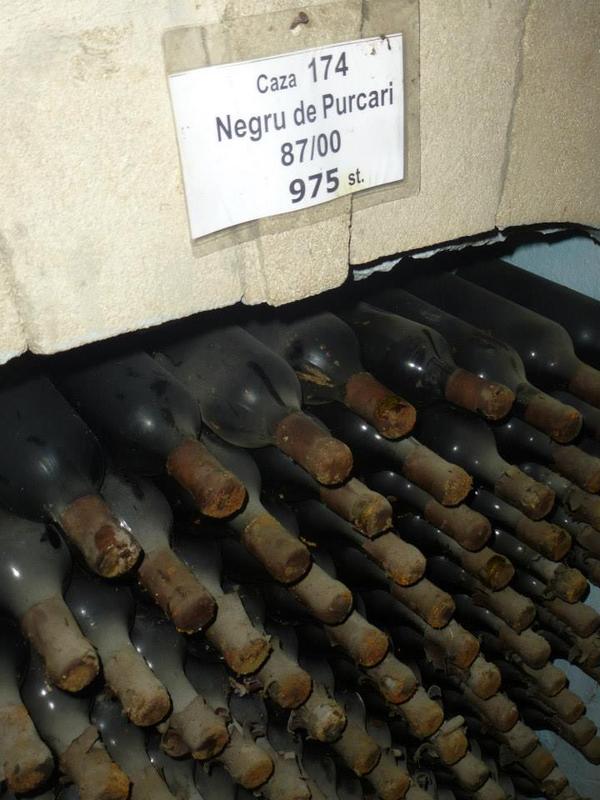
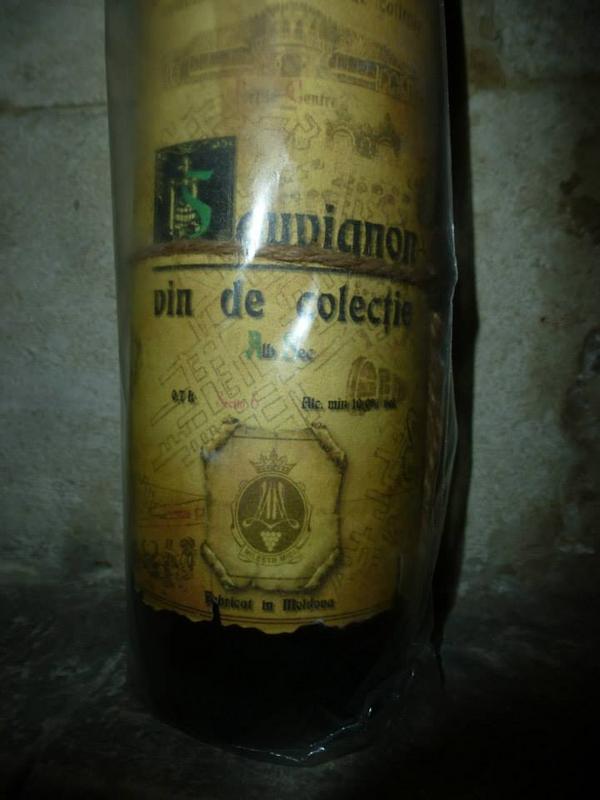
Wine prices range from just 2 EUR or so a bottle to almost 800 EUR or so for the most expensive one, so Chateau Margaux it ain't not when it comes to astronomical prices.
Of course some tasting is involved as well with any tour, there are dozens of tasting rooms underground. From the fabulous VIP rooms to rooms for the commoners which we had.
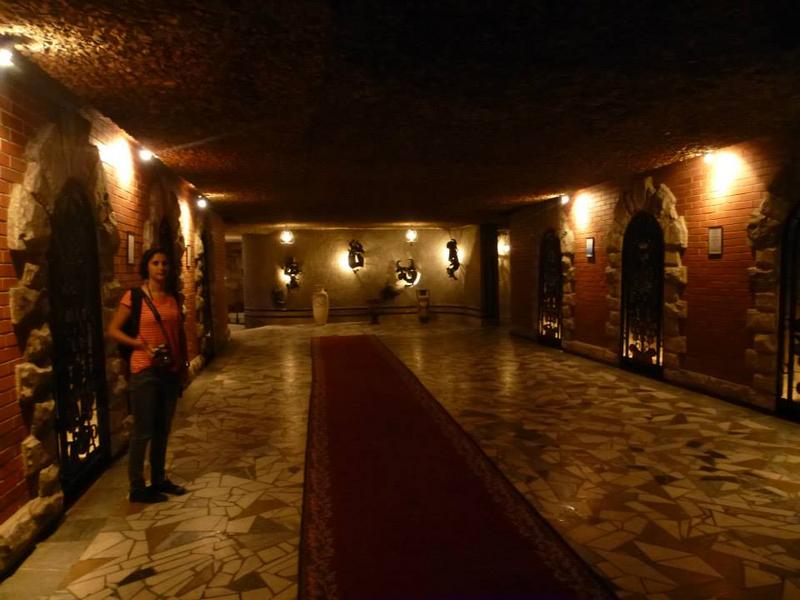

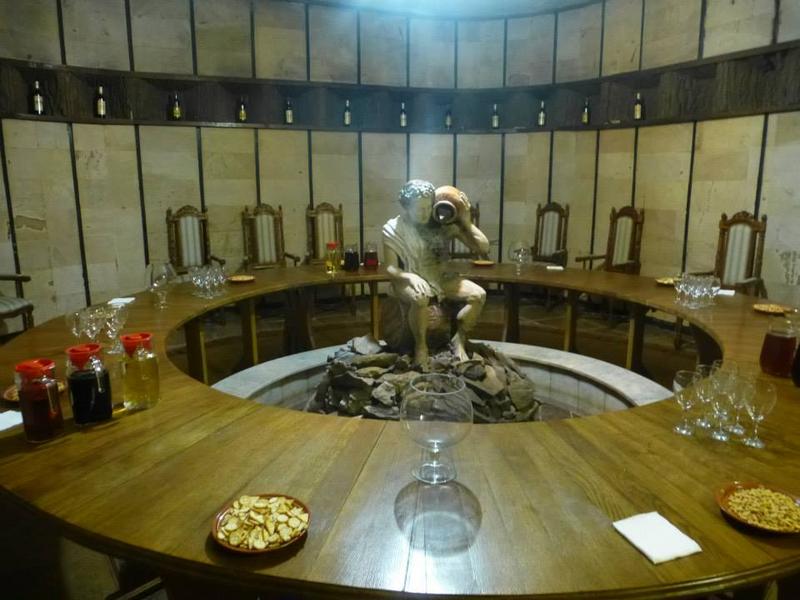
Although I'm not a big fan of the run-of-the-mill wines of Milestii Mici (there are much better ones in Moldova when looking for a supermarket wine of a fiver) the oaked ones which are aged for a couple of years (both white and red) are definitely much better. It being Moldova, it is not even that expensive – some 20-25 EUR can buy you a wine that's from 1988.
For those visiting Moldova you can also visit Cricova – which has some 100 kilometres or so of underground wine cellars as well and is a bit more high quality when it comes to the standard wines in my opinion. If looking for premium, award-winning wines made with the latest techniques – go for a visit at Purcari winery which is my personal favourite in the country (although it of course doesn't have the unique underground wine cellars of Milestii Mici). A huge number of grape varieties are planted in the country. There are of course the main international ones such as muscat, riesling, sauvignon blanc, pinot gris for whites, and pinot noir, merlot and cabernet sauvignon for reds, but also the lesser known international varieties such as Saperavi (originally Georgian). There are however also some unique Romanian (Moldovan) varieties which are a must try: feteasca alba and feteasca regala as whites, rara neagra and feteasca negra for reds.
Transnistria
The other must-make day trip while in Moldova (or stopover on the way to Odessa in Ukraine) is a visit to Transnistria. It is a bizarre breakaway republic recognised by no-one except for three other (ex-Soviet) breakaway republics. The region has support from Russia (there is also a Russian army base serving highly strategic purposes) but even Moscow doesn't formally acknowledges its independence.

So let's first start off with a bit of history. How did this state come into existence? As you can see most of Transnistria (which means 'beyond the River Dniestr') lies East of the river. These lands on the left bank of the river never belonged to either the Medieval principality of Moldavia, nor did it belong to Greater Romania between the two World Wars – the Dniestr was always the formal Eastern border even though Romanian/Moldovan people did live there. The majority of people always were Slavic – Ukrainians and Russians.
The incorporation of Transnistria into the Moldovan Soviet Socialistic Republic (SSR) by Stalin after World War II was thus quite unnatural and typical of the conquer and divide mentality in which the Soviets tried to prevent pure nation states from forming. Needless to say, this created tensions when after the fall of the Soviet Union Moldova declared its independence. According to the census in 1989, the population in Transnistria was 39.9% Moldavian, 28.3% Ukrainian, 25.4% Russian and 1.9% Bulgarian. The Slavic people were fearful not only of an independent Moldova in which they would be outnumbered by Romanian-speaking Moldavians (a Latin people, and not Slavic) – but were even more afraid of the possibility of Moldova one day joining a Greater Romania again in which their numbers would be even more meaningless. A small-scale civil war started which lasted for four months and in which a few hundreds of people died. With the support of Ukraine and Russia, the Transnistrian rebels in the end proved victorious over a newly independent Moldova which only had minor tacit Romanian support.
Since then you have the situation what it is now: a status quo in which the territory is formally part of Moldova and recognised by the entire world as such, but de-facto independent. Yet it's not the historical quirks which attracts tourists to Transnistria. It is the bizarre state of the country as a sort of communist-run country (although in reality, either a kleptocracy or oligarchy comes much, much closer given how closely intertwined business interests are with the ruling elite, who own almost all shops and industries into their own conglomerates). If there is one place where you feel like stepping back into the USSR – then this is it (much, much than for example Belarus which at times is also described like this in travel guides).
It's actually very straightforward to visit nowadays – you just take a minibus or a train into the territory to the 'capital' of Tiraspol, which takes one to two hours depending on the time waiting at the 'border'. Nowadays you only need to show your passport at the border, where they will note your name. No registration in Tiraspol is required unless you might plan to stay overnight. Also bribes, which were customary in the past to gain entrance as a foreigner, are now mostly a thing of the past (although it's best to keep some Moldovan Lei or USD/EUR just in case). In case of bureaucracy at the border when they write down your name it might help to “speed up” the process (ahum) – although again nowadays you can easily do without a bribe if you are just patient enough to wait out the bureaucracy.
When you think there is not much to see in Chisinau, well, wait until you have arrived in Tiraspol! A statue or two, a government building, and a park – that's about it. I'll let the pictures do the talking below.
 The war memorial in Bendery – which is one of the few places in Transnistria to be actually located on the Western (right) bank of the River Dniestr
The war memorial in Bendery – which is one of the few places in Transnistria to be actually located on the Western (right) bank of the River Dniestr
 A Sheriff supermarket. Sheriff is a company which owns most of Transnistria, be it supermarkets, a football team, industries etc.
A Sheriff supermarket. Sheriff is a company which owns most of Transnistria, be it supermarkets, a football team, industries etc.
 Bullet holes from the civil war in the early 1990s are still visible in some flats
Bullet holes from the civil war in the early 1990s are still visible in some flats
 Crossing the River Dniestr into Transnistria
Crossing the River Dniestr into Transnistria
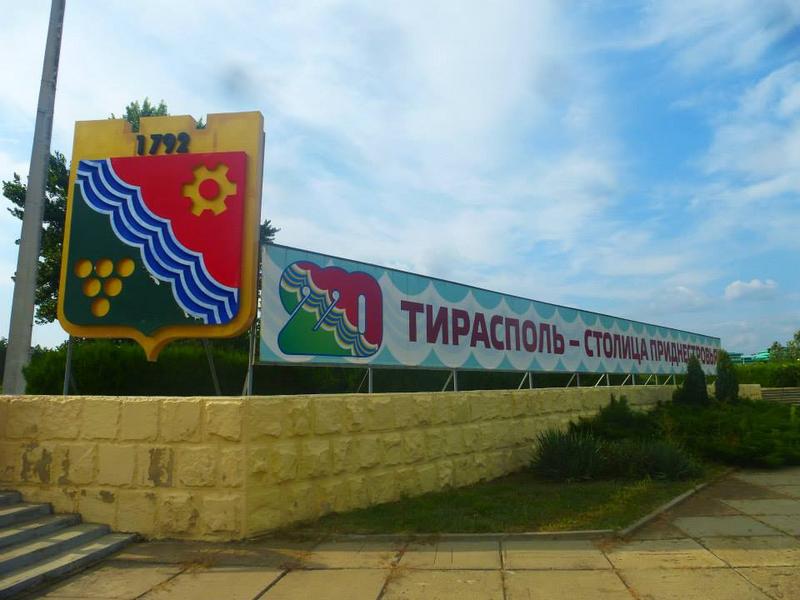 Sign welcoming you into Tiraspol city limits
Sign welcoming you into Tiraspol city limits
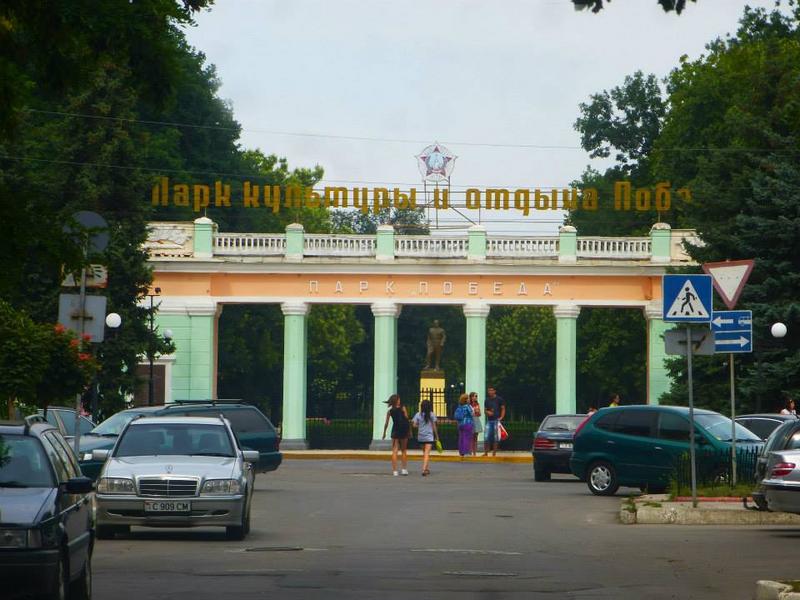 Public park with a classical style entrance gate so common in ex-Soviet countries
Public park with a classical style entrance gate so common in ex-Soviet countries
 The streets of Tiraspol
The streets of Tiraspol
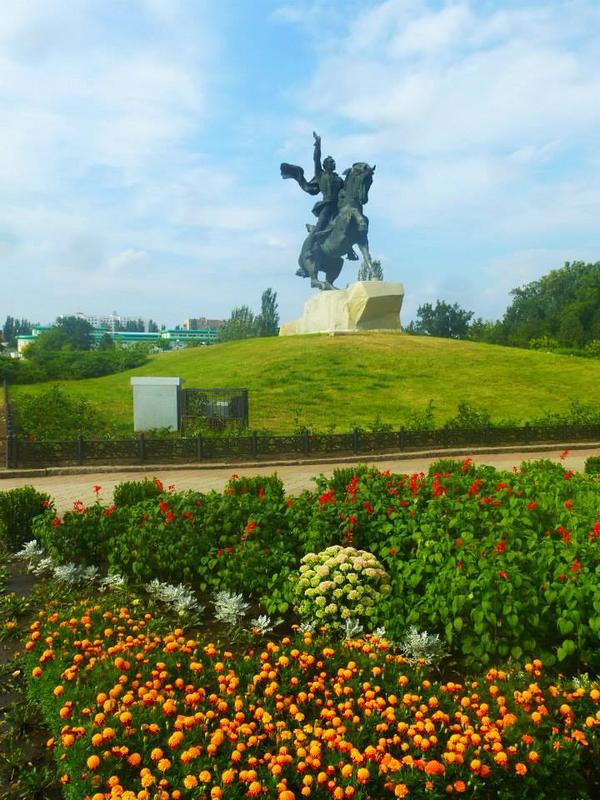 A statue of Russian field marshal Prince Mikhail Kutuzov who liberated the area in the Russo-Turkish War of 1787-1792 and brought Russian dominance to the region. Just like Stefan cel Mare is visible everywhere in Moldova, Kutuzov is everywhere in Transnistria, including on all banknotes. Talking about money: bring cash Moldovan lei/USD/EUR and exchange it here. Note that the currency is impossible to change outside of Transnistria. For 10 EUR you can have a full lunch with beer/wine and have more than half your money left for souvenirs – like a bottle or two of Transnistrian brandy or so.
A statue of Russian field marshal Prince Mikhail Kutuzov who liberated the area in the Russo-Turkish War of 1787-1792 and brought Russian dominance to the region. Just like Stefan cel Mare is visible everywhere in Moldova, Kutuzov is everywhere in Transnistria, including on all banknotes. Talking about money: bring cash Moldovan lei/USD/EUR and exchange it here. Note that the currency is impossible to change outside of Transnistria. For 10 EUR you can have a full lunch with beer/wine and have more than half your money left for souvenirs – like a bottle or two of Transnistrian brandy or so.
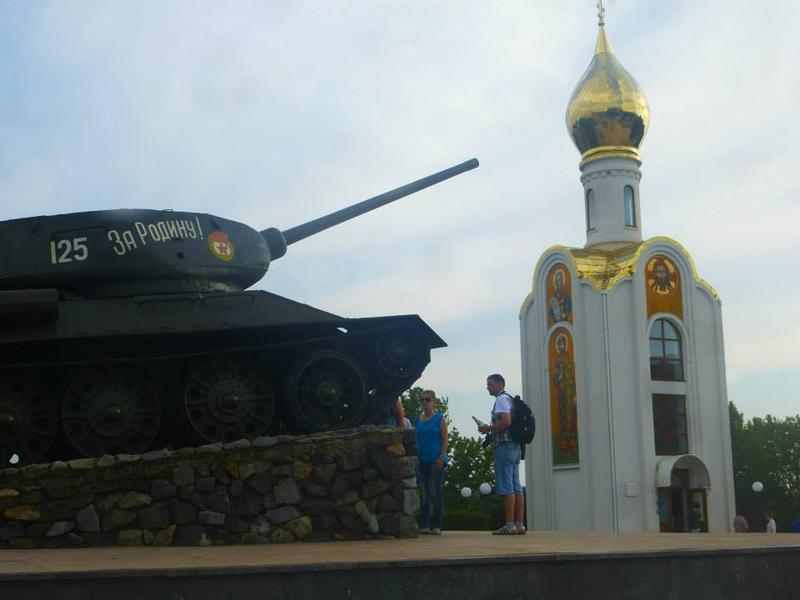 You are not a real Soviet breakaway republic if you don't have a monument with a tank
You are not a real Soviet breakaway republic if you don't have a monument with a tank
 War monument with eternal flame
War monument with eternal flame
 Lenin is still alive here as well, standing proudly in front of a government building
Lenin is still alive here as well, standing proudly in front of a government building
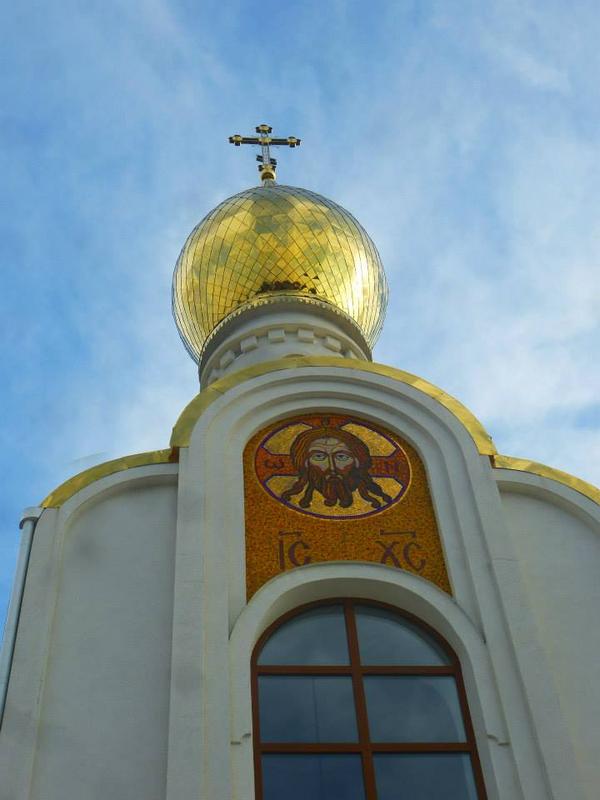
Transnistria really is an unique experience which is not to be missed.
In short: When visiting Moldova, remember that the most interesting sights of the country are not found in the capital of Chisinau (although it can be a pleasant place with good food and booze). Sadly, many visitors limit their stay to the capital and miss out on the unique sights of Orheiul Veche, the wineries, and Transnistria. Give them a try!
Next up: Flying KIV-IST on Turkish Airlines in economy class & the great Turkish Airlines lounge in Istanbul.